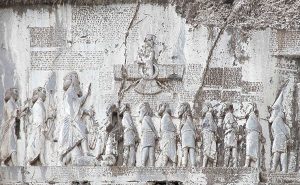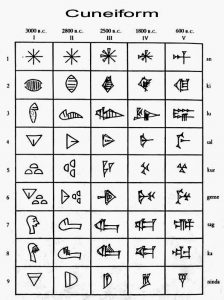Alguns recursos na Play Store (Android) e no YouTube. Testados em 16.11.2024.
1. Na Play Store (Android)
. Write It! Hebrew – Jernung
Aplicativo de reconhecimento de escrita em hebraico. Ensina a escrever o alfabeto.
Write It! Hebrew is the first writing recognition app for Hebrew! Try our writing recognition and you’ll never want to go back to tracing apps.
. Nemo Hebraico – Nemo Apps
Nemo é projetado para que você comece falando as palavras mais úteis em hebraico imediatamente. Cada palavra em hebraico é pronunciada com clareza em áudio de alta qualidade por um falante nativo. Todo o áudio é baixado para seu dispositivo e fica disponível offline ou em modo avião. Domine seu sotaque com o “Estúdio de Pronúncia”. É só gravar você mesmo dizendo uma frase e depois ouvir sua voz junto com a voz do professor. Depois tente novamente. Nemo não é construído em torno de lições de tipo algum. É para ser compreendido através do dia, sempre que você tiver alguns minutos livres. Este app para aprender hebraico está disponível inteiramente em português e outros 10 idiomas. Nemo tem como alvo as palavras e frases usadas com maior frequência em conversação. Para iniciantes, preparamos as listas “Se For Aprender Só 10 Coisas”, “Se For Aprender Só 50 Coisas” e “Se For Aprender Só 100 Coisas”. Estudantes intermediários podem avançar para um curso das palavras de maior frequência necessárias para viagem. Estudantes avançados se beneficiarão mais da tecnologia do “Estúdio de Pronúncia” para corrigir seu sotaque estrangeiro.
2. No YouTube
. Basic Biblical Hebrew Vocabulary – Michal Shmuel
Vocabulário básico do hebraico bíblico em 30 vídeos – Pronúncia de vocabulário básico do hebraico bíblico com tradução em inglês e o plural dos substantivos. São 451 palavras. Veja as palavras no slide e ouça sua pronúncia. Por Michal Shmuel.
Pronunciation of basic biblical Hebrew vocabulary – 451 words and the plural forms of nouns. The arrangement of the words corresponds to eTeacher’s Biblical Hebrew Course A. See the Hebrew words on the slide and hear their pronunciation by Michal Shmuel.
. Aprenda Hebraico – frases hebraicas básicas em inglês e hebraico – Eko Languages
Frases de hebraico moderno. Escrita sem vogais. Pronunciadas em inglês e hebraico.








